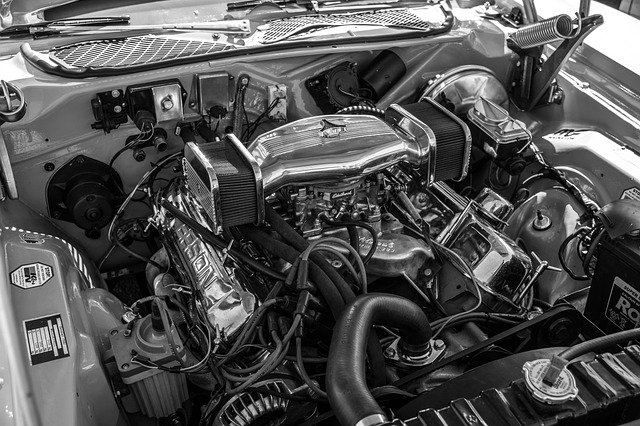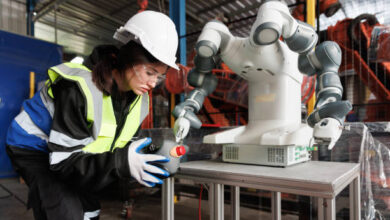
The automotive industry serves as a testament to the relentless pursuit of innovation and technological advancement, with the United States and Japan standing out as global leaders in this dynamic field. The automotive technologies developed by these two nations have not only shaped the industry but have also influenced global trends. This article explores the key differences between the USA and Japan in terms of automotive technology, shedding light on their unique approaches, achievements, and the impact on the global automotive landscape.
Historical Context:
The automotive industry in the United States has a rich history dating back to the early 20th century when the mass production of automobiles revolutionized transportation. Iconic American automakers like Ford, General Motors, and Chrysler have played pivotal roles in shaping the industry’s trajectory. The emphasis on power, size, and performance has traditionally characterized American cars, reflecting the country’s vast landscapes and a culture deeply rooted in individualism and freedom.
In contrast, Japan’s automotive industry had a later start, gaining momentum in the post-World War II era. The Japanese prioritized fuel efficiency, reliability, and compact design, responding to the country’s limited resources and densely populated urban areas. Companies like Toyota, Honda, and Nissan spearheaded the Japanese automotive revolution, introducing innovative manufacturing techniques like the Toyota Production System, which emphasized efficiency and quality control.
Technological Innovations:

The evolution of automotive technology in the USA and Japan has taken divergent paths, reflecting the unique priorities and challenges faced by each country. American automakers have traditionally focused on powerful engines, spacious interiors, and cutting-edge features, with an emphasis on creating a sense of luxury and adventure. The rise of electric vehicles (EVs) and autonomous driving technologies, however, has prompted a shift towards sustainability and safety in recent years.
In Japan, the automotive industry has been at the forefront of fuel efficiency and environmental sustainability. Japanese automakers were early adopters of hybrid technology, with Toyota introducing the groundbreaking Prius in the late 1990s. The success of the Prius paved the way for increased research and development in electric and hydrogen fuel cell vehicles, aligning with Japan’s commitment to environmental conservation.
Electric Vehicles:
The USA and Japan have been pivotal players in the global transition to electric vehicles, but their approaches differ significantly. In the United States, Tesla has emerged as a trailblazer in the electric vehicle market, spearheading advancements in battery technology and electric drivetrains. Tesla’s emphasis on performance, range, and cutting-edge features has contributed to the mainstream acceptance of electric vehicles in the country.
In Japan, automakers like Toyota and Nissan have taken a comprehensive approach to electric mobility. While electric vehicles have gained traction, Japanese companies have also invested heavily in hybrid technology, offering a bridge between traditional internal combustion engines and fully electric vehicles. The Toyota Prius, with its hybrid technology, has become an icon of environmental consciousness and fuel efficiency.
Autonomous Driving:

Autonomous driving technology represents another frontier where the USA and Japan have distinct approaches. American companies, particularly in Silicon Valley, have been at the forefront of developing autonomous vehicles. Companies like Waymo, a subsidiary of Alphabet Inc. (Google’s parent company), have conducted extensive testing and research to bring self-driving cars to the market. The American emphasis on individual freedom and convenience aligns with the vision of autonomous vehicles providing a hands-free and convenient driving experience.
Japanese automakers, on the other hand, have approached autonomous driving with a strong focus on safety. Companies like Honda and Toyota have been integrating advanced driver-assistance systems (ADAS) into their vehicles to enhance safety and reduce accidents. The Japanese cultural value of collective well-being and harmony is reflected in the emphasis on developing technology that prioritizes the safety of all road users.
Connectivity and Infotainment:
Both the USA and Japan have made significant strides in integrating advanced connectivity and infotainment systems into their vehicles. American automakers often prioritize entertainment and connectivity features, with large touchscreen displays, smartphone integration, and advanced audio systems being common in many models. The emphasis on creating a comfortable and entertaining driving experience aligns with the American culture of long road trips and extensive commuting.
In Japan, connectivity features are often integrated with a focus on simplicity and user-friendly interfaces. Japanese automakers have placed an emphasis on minimizing distractions to ensure safe driving. The concept of “Ma,” or the mindful use of space and time, is reflected in the design of user interfaces that prioritize essential information and minimize unnecessary distractions.
The differences in automotive technology between the USA and Japan highlight the unique cultural, economic, and geographical factors that have shaped the priorities of each nation. While the USA has a legacy of producing powerful, performance-oriented vehicles, Japan has excelled in developing fuel-efficient, reliable, and environmentally conscious automobiles. As both countries navigate the evolving landscape of electric and autonomous vehicles, their distinct approaches continue to contribute to the diversity and dynamism of the global automotive industry. Ultimately, the collaboration and competition between the USA and Japan drive innovation, benefiting consumers worldwide and shaping the future of transportation.



